This month I've taken to the seaside to bring you a special episode of Naked Astronomy from the National Astronomy Meeting, which was held in St Andrews in the first week of July. I find out about the sparkles that can help us to understand solar flares, plans to let school children loose on a new research-grade telescope, and a technique that could produce the first high-resolution images of quasars.
In this episode
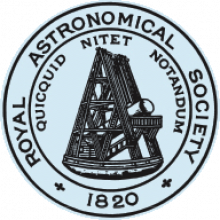
01:27 - The Royal Astronomical Society
David Southwood, President of the RAS, tells me why NAM is so important to him.
The Royal Astronomical Society
with David Southwood, President of the Royal Astronomical Society
Transcript to follow.
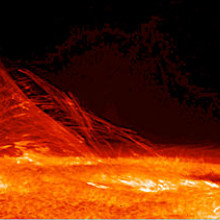
07:04 - Sparkles in the Sun
Cameras launched on brief flights aboard sounding rockets have seen sparkles in the Sun's atmosphere.
Sparkles in the Sun
with Robert Walsh, University of Central Lancashire
Transcript to follow.
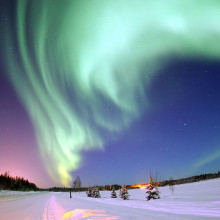
14:54 - Solar storms that can cause blackouts
A new survey is monitoring how solar storms trigger unusual electric fields on Earth, to help understand how to protect the National Grid.
Solar storms that can cause blackouts
with Gemma Kelly, British Geological Survey
Transcript to follow.
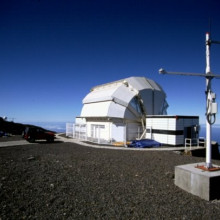
29:06 - Liverpool Telescope to double in size
Planning is underway to build a successor to the world's largest fully robotic telescope.
Liverpool Telescope to double in size
with Chris Copperwheat, Liverpool John Moores University
Transcript to follow.
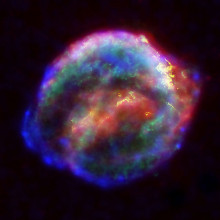
37:26 - Surveying the sky for supernovae
The Dark Energy Survey has found 200 candidate supernovae at great distances, providing a test for dark energy.
Surveying the sky for supernovae
with Chris D'Andrea, University of Portsmouth
Transcript to follow.
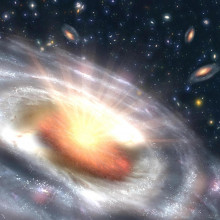
45:16 - Magnifying quasars
Can gravitational lenses make distant quasars appear significantly brighter and easier to detect?
Magnifying quasars
with Andy Lawrence, University of Edinburgh
Transcript to follow.
- Previous How does Digital Storage Work?
- Next The Science in Sport










Comments
Add a comment